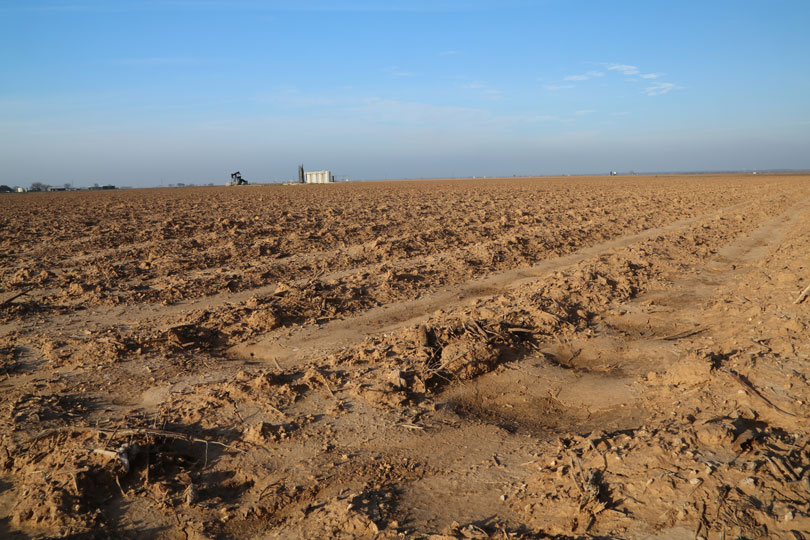By Justin Walker
Communications Specialist
After a slight rebound in 2017, farm income is projected to drop to its lowest since 2006, according to a recent U.S. Department of Agriculture Economic Research Service’s forecast.
The expected decline of 6.7 percent from the previous year would result in a 12-year low in farm income at $59.5 billion.
Dr. John Newton, director of Market Intelligence at American Farm Bureau Federation (AFBF), said the projections speak volumes to everyone involved in agriculture—from farmers and ranchers to politicians.
“It confirms to the industry, lawmakers and farmers and ranchers across the country the farm income remains at lower levels, and it’s expected to remain at these levels,” Newton said. “It’s declined about 52 percent from what we saw in 2013. That’s more than $60 billion.”
Newton said many elements impacted the projections, but current prices and outstanding debt were key factors.
“A large component of it is the lower crop and livestock prices that we have seen in recent years,” Newton said. “Corn prices have fallen about 50 percent from what they were a few years ago. Similar declines in other crops have been seen, such as cotton. Lower milk prices also factor into the forecast.”
Expenses play a key role in farm profitability.
“The expenses haven’t come down as quickly as the farm cash receipts have, and that’s why we see that farm income really eroding in recent years,” Newton said.
U.S. Secretary of Agriculture Sonny Perdue recently testified on the state of the rural economy before the U.S. House Committee on Agriculture. He addressed current issues facing farmers and ranchers, including commodity prices and weather.
“I can report that farmers are continuing to adjust to low commodity prices using a number of strategies, such as by borrowing, which has increased overall debt-to-asset levels in the farm sector,” Perdue said. “We are seeing the effects of those conditions across the agricultural economy, as farmers cut costs by spending less on inputs, services and capital investments.”
But Newton noted there are opportunities for the farm economy to rebound.
“I certainly think there are a number of issues that can be done to improve the situation,” Newton said. “One is recognizing the importance of trade to the farm economy, getting new market access and improving our access in current markets can help us reach new customers around the world.”
China, with a renewed beef trade agreement, holds a lot of potential in the U.S. market.
“We’ve seen additional access in the Chinese market for beef,” Newton said. “We’ve seen some reductions on regulation for poultry. But we’ve also seen some rhetoric around anti-dumping investigations with respect to sorghum and potentially soybeans.”
According to an article published in early February by Reuters, China was conducting anti-dumping and anti-subsidy investigations. The country is the top buyer of sorghum, as well as soybeans.
Newton said political involvement from American lawmakers could also change the course of the farm economy as farm bill talks heat up in Washington.
“Another option is certainly thinking about the farm bill and how important farm risk management tools are as a component of the farm bill,” Newton said. “The importance of nutrition programs, the importance of conservation programs—all of those play a big factor in farm profitability.”
A main focus for economists heading into 2018 will be on-farm income, which remains negative for most households despite a projected national income of $21,130.
On-farm income, which remains negative for most households, will likely drive the need for off-farm income.
“Median on-farm income—that is income as a result of farm sales—continues to be negative for the average American farmer,” Newton said. “A lot of farmers depend on off-farm income to really make ends meet. I think during these challenging times in the farm economy, it is really important to have that off-farm income.”

